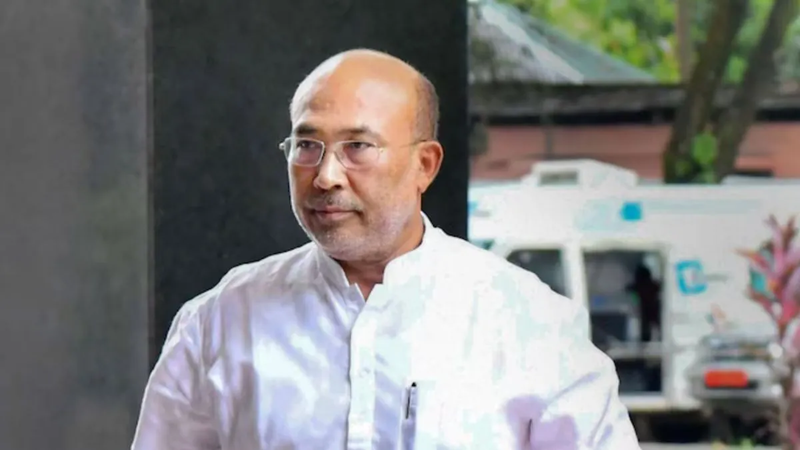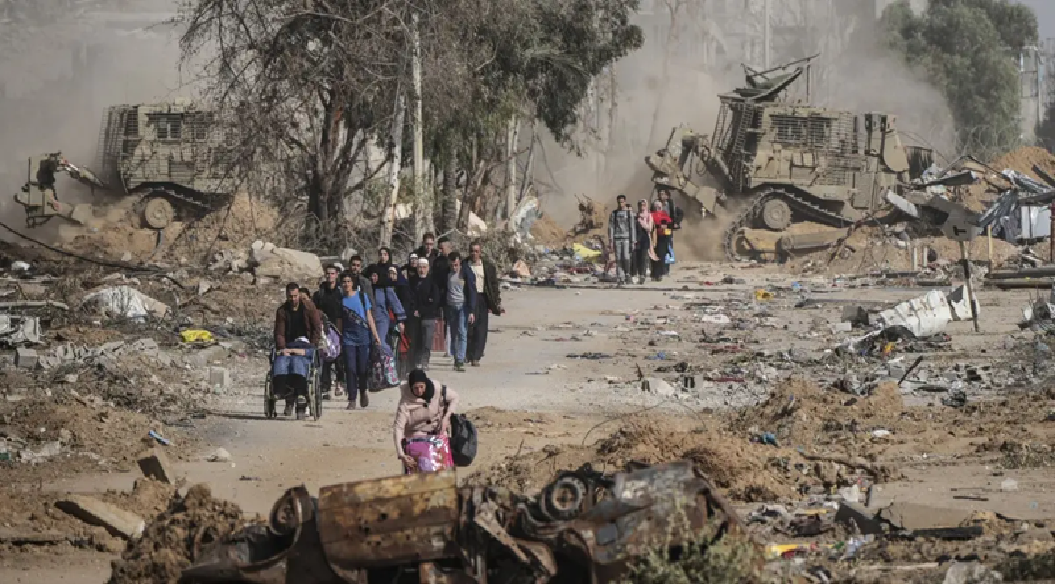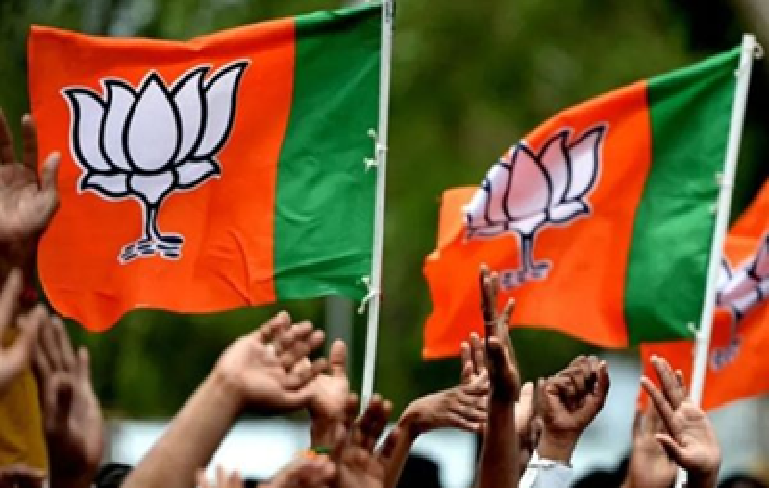
More babies is not the answer
Chief Minister of Andhra Pradesh Mr. Chandrababu Naidu and his counterpart in Tamil Nadu Mr. M.K. Stalin have asked people of their respective states to produce more kids. The immediate provocation for the call seems to be the proposed revision of the number of seats allocated to states in Lok Sabha which are likely to be increased from present 543 to 790. The Revision has been due since 1976 when the Delimitation Commission froze the number at 543. The freeze was extended by another 25 years in 2001. The irony of the calls by two CMs cannot be missed as this is not in sync with times we are living in where fertility must be kept on a leash. But given the track record of these states in formulating rational policies, one cannot but perceive an undertone of sarcasm it carries.
Legislative representation being proportionate to demographic expansion (or decline), most of the Hindi-speaking states should expect their share in the Lok Sabha to go up inasmuch as a party sweeping the northern states may control the levers of power at the Centre. Thus, Uttar Pradesh would have 133 seats against current 80; Bihar 72 (against current 40); Maharashtra 71 (from 48); Madhya Pradesh 49 (29); Gujarat 41 (26); West Bengal 55 (42); Rajasthan 46 (25); Chhattisgarh 17 (11); Karnataka 38(28); Haryana 17 (10); Jharkhand 22 (14); Delhi 12 (7); Andhra Pradesh 30 (25); Tamil Nadu 43 (39); Assam 20(14); Punjab 17 (13); Odisha 26 (21); Telangana 21 (17); Uttarakhand 7 (5); Jammu & Kashmir 8 (5) while the numbers would remain stagnant in other, mainly smaller, states. This leads to the spectre of domination of northern, mainly Hindi hinterland states causing apprehensions among other, mainly southern states that their voices as well as causes would be ignored what with democracy being a game of numbers. This would reflect in, both political decision-making as well as economic. or more precisely financial, allocation from the centre. According to the scenarios being painted, in case of Lok Sabha seats being shared proportionate to population, five most populous states, namely Uttar Pradesh, Bihar, Maharashtra, Rajasthan and Madhya Pradesh, would get a solid addition of around 150 seats while Andhra Pradesh, Tamil Nadu, Telangana, and Karnataka will get merely 23 more seats.
Number of seats for Kerala i.e., 20 would remain unchanged as the state’s population has not merely stabilised but shows a declining trend. To sum up the argument, the scenario down the road is unenviable. Not merely representation, the southern states have been complaining of lower and lowering share in allocations from the Centre despite their larger as well as increasing contribution to the Central pool of taxes in terms of Goods and Services Tax (GST) as well as to Gross Domestic Product (GDP). It goes without saying that it is an outcome of their better performance in terms of economic production and population control as depicted by decline in fertility. This, they argue, should be the case for reward rather than a cause for punishment with lower representation in legislature and financial allocation.
However, the irony is built into the policy as legislative representation as well as central allocations are tied to demography rather than decline in total fertility rate or contribution to GDP or GSDP, as the case may be. The southern states with only 18% of population, currently contribute 35% of the national GDP and even more to the nation’s development and technological progress. Delimitation based on population would then mean punishing them for improving literacy, building up skills, empowering women, and bringing down fertility. The larger question that remains to be asked is whether delimitation could solely be subject to population. It is hoped the 16th Finance Commission, whose recommendations are still awaited, would evolve a judicious formula to address the worries of the southern states.
 English daily published in Bengaluru & Doha
English daily published in Bengaluru & Doha






